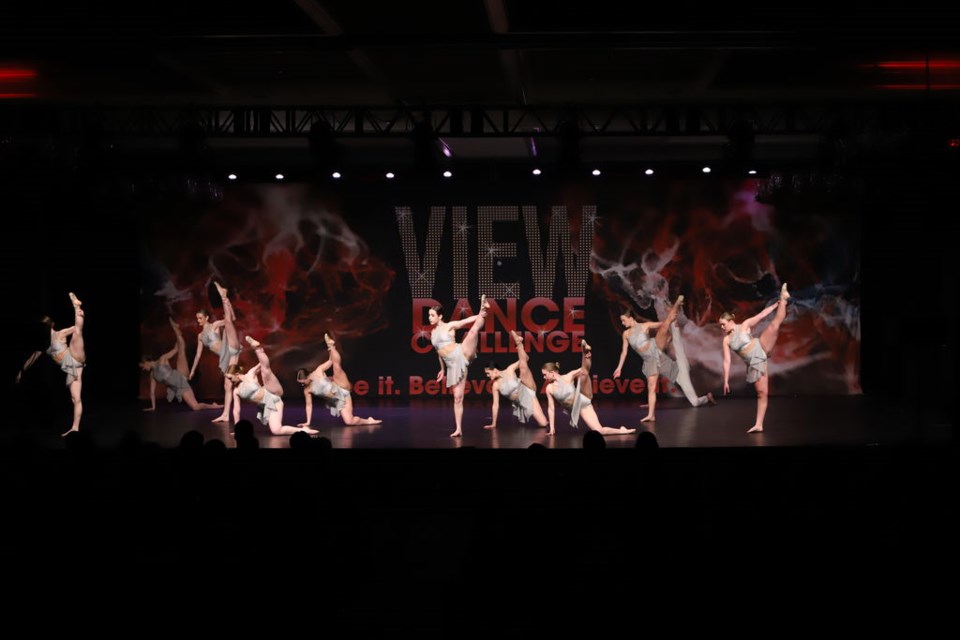Much has been said about the ways the so-called Whistler bubble influences life here. For a certain segment of local, it’s insulation against the goings-on in the wider world. Why rain on paradise if you can avoid it, after all? For others, the impacts are a bit more tangible; the economic realities of living in a region so closely tied to tourism—the rising cost of living, lack of affordable housing and career options, et al.—while not exclusive to the corridor, certainly feel more pronounced here.
But less has been said about the ways the bubble indirectly creates certain artistic barriers. Take Pemberton-based Mountain Movement Dance Collective as an example, a studio that counts young dancers from across the Sea to Sky spanning from seven to 18 years old, who, for all their athletic prowess as typical local kids involved in myriad outdoor sports, don’t get exposed too often to the thriving dance scene outside their area.
That’s where studio owner and creative director Hayley Edmondson and her team of instructors come in.
“In Whistler, it’s obviously not a dance town. If you’re a competitive skier, you go up the mountain for the day and you’re surrounded by world-class skiers.” Edmondson says. “So we go to competitions so that they can see the other dancers their age doing the same thing as they do and it’s not like an Instagram thing. They see the other dancers on Instagram, but it’s not tangible. But this is like, ‘Oh, they’re real. They’re right there.’”
For Edmondson, who grew up dancing competitively across North America, this kind of exposure isn’t solely about stoking students’ competitive fire. As a rule, she doesn’t usually discuss her students’ individual accomplishments publicly, because she has seen firsthand how cutthroat the wider dance community can be. She does it to expose them to the craft and demonstrate that a life in dance is not an unrealistic prospect.
“I really find the performing arts exposure here is limited. But we’re a small town and we can only do so much, so that’s where I feel it’s my responsibility to be that kind of ambassador and show these kids that if this is what you love, there is a whole world out there, even if you can’t see it right now because it’s not so prominent here,” she says.
That’s not to say Mountain Movement hasn’t enjoyed its successes. At a competition in Vernon earlier this year, the studio brought home a slew of awards, including being named “Top Studio” based on the team’s top 10 scores across the entire event.
While other studios lost significant chunks of their competitive teams in the pandemic, Mountain Movement has mostly retained its 45-strong crew, which Edmondson believes is partly to do with the competitive circuit dancers have gotten to take part in—but there’s more to it than just that.
“When I asked them why they didn’t quit during COVID they mostly spoke of two things,” Edmondson relayed in a follow-up email. “Dance is such an emotional outlet that during those hard times it was a lifeline for a lot of them; [and] the studio did a really good job of staying consistent and creating ways to keep them training so they never really stopped dancing for long enough to consider quitting.”
It’s been a busy spring for the competitive team, which, along with the Vernon event, just wrapped up the View Dance Challenge this past weekend at the Fairmont Chateau Whistler, before heading to its last competition of the season over May long weekend at the Westin in Whistler.
Edmondson credited the team for its commitment and resilience in the face of constant feedback from event judges. For the uninitiated, how it typically works at competitions is you will have a panel of judges at the back of the room who speak into a microphone as a routine takes place, the audio of which gets overlaid on a video of the routine that students watch back later. It’s a level of scrutiny that some of the younger dancers have to get accustomed to over time.
“I’m so proud of our kids. Even just saying that out loud: they get up onstage literally asking for someone to tell them everything that’s wrong with them,” Edmondson notes. “If it’s not done correctly, and discussed after the fact and explained to the kids, it for sure could be damaging. But we make it very clear.
“If they hear that and understand it’s just one judge’s opinion, then from such a young age they develop the mental skills necessary to go into it as teenagers and take it really well and handle it.”
The studio will cap its season with an end-of-year recital on May 31 and June 1 at Whistler’s Maury Young Arts Centre, before resuming classes again in September.




